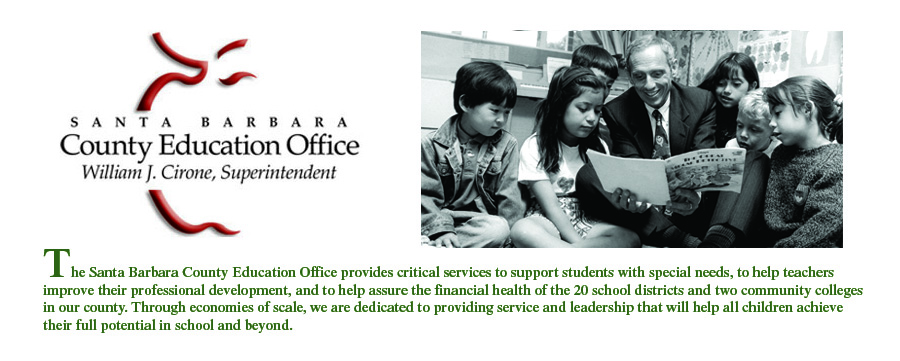Newspaper column
I have been a long – and strong – supporter of the addiction-treatment and recovery programs for adolescents and young adults at the Hazelden Betty Ford Foundation, largely because of the enormous impact the services have made on young people and their families, near and far, struggling with the true nightmare of addiction.
Hazelden’s locations across the country help people at all stages in the treatment and recovery process. The programs provide substance abuse treatment, recovery support services, professional education, addiction research, prevention and intervention services, and public policy advocacy.
Since its founding in 1949 in a Minnesota lakeside farmhouse, it has become one of the world’s largest and most respected private, not-for-profit alcohol and drug addiction treatment providers. Its focus has now become an increased dedication to services for youth.
“With profound and pressing needs, young people are at the forefront of Hazelden’s efforts today,” explained Jim Steinhagen, vice president of youth services at the Hazelden Betty Ford Foundation.
“In the United States alone, millions of young people meet the criteria for admission to treatment but very few receive the services they need,” he said. “Beyond the sheer magnitude of the problem, we know from experience that young people need developmentally appropriate, clinically integrated approaches that address their specific and complex treatment needs.”
In fact, Hazelden has taken the lead in addressing the needs of young people and their families. It has expanded services to offer more outpatient programs in more locations, expanded residential services to serve more females, and put more recovery supports in place for both young people and their families.
The young people who have taken part in the program provide the best testament to its successes. One young woman said: “It saved my life. I don’t think I’d be alive if I didn’t come here.” Said a young man: “Before Hazelden, I didn’t know how to interact with people without drugs involved.”
Another young person said: “People deserve second chances. They also need space and time and positive people around them.” He added, “Hazelden taught me not only is hope possible, but you deserve it. I’m no longer a hopeless drug addict. Now I’m a drug-less hope addict.”
The program is straightforward: Treat the whole person as well as the illness, treat every person with dignity and respect, continue a commitment to the Twelve Step fellowship, be of service, and remain open to innovation.
Hazelden is also committed to supporting families and young people beyond treatment. The unique Lasting Recovery Model provides ongoing recovery support to help during the long journey to lasting recovery.
Sadly, a new study shows that many parents underestimate the risks associated with alcohol and drug use in their children. As the incidence of youth drug and alcohol abuse continues to grow, many parents say they are uninformed — and even unconcerned — about the threat to their children. Some parents in the survey seemed overly confident they would recognize signs of use among their children.
Dr. Audrey Klein, executive director of Hazelden Betty Ford Foundation’s Butler Center of Research, said these findings are particularly worrisome “given the consequences of teen alcohol and other drug abuse — including poor performance in school, a higher rate of accidents, unintentional overdose, violence, sexual trauma and legal issues — and, unfortunately in some cases, even death.”
She said research shows that parental involvement is effective in preventing chemical use and addiction among young people, “yet this national survey revealed a remarkable lack of parental awareness and concern about this important issue.”
Often, parents find out too late, and then know very little about how to deal with the emerging family trauma. The study showed that one in five parents admitted they did not know where to turn for help if their child is struggling with alcohol or drugs. That’s why it is so crucial for parents to know reputable resources and options that are available.
Hazelden’s Adolescent and Young Adult Services in Plymouth, Minn., one of the most highly respected and acclaimed of those options, has proven to be a lifesaver for thousands of families through the years.
The facility is youth-friendly in a way that makes recovery possible. The variable-length-of-stay program is intensive, but there are ways for kids to be kids, and young people to find sober fun. The state-of-the-art fitness facility has a gym with a rock-climbing wall, a weight room, and basketball courts. There is a bookstore, a music room, and arts and crafts rooms, in addition to the classrooms. Young people who attended said they initially worried it would be scary, dark and uncomfortable, but found it was tremendously comfortable, cheerful, and supportive.
During the treatment program for 12- to 25-year-olds, the highly trained staff members offer help in a personal and caring way.
Said Jim Steinhagen, “Hazelden helps restore hope, healing, and health to people affected by addiction to alcohol and other drugs. We’ve been told by young people who’ve turned to us for help that Hazelden is a place of fresh starts. Our ultimate task is to help these young people become who they’re meant to be and achieve all they’re capable of in their lifetime.” He said that whether through clinical care, published resources, research, or education, he hopes parents will know that Hazelden can be a place of fresh starts for the young people they care about.
As one teen said, maybe most poignantly of all: “There is a way to get better. There is a way to be happy again.”
Further information about the program is available at info@hazelden.org or by calling (800) 257-7800 any time, any day. For local families seeking a treatment option, it’s helpful to know there is help and there is hope.
